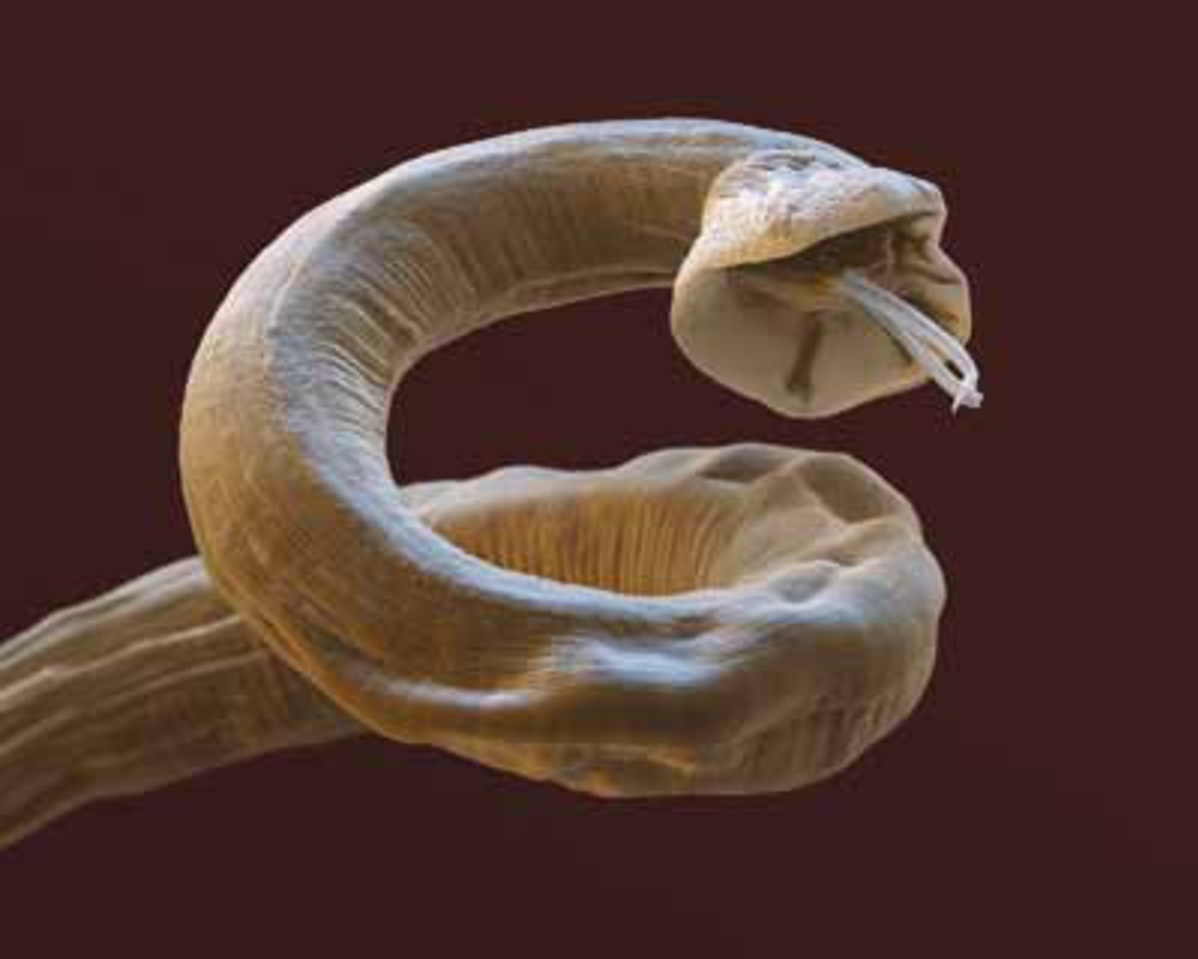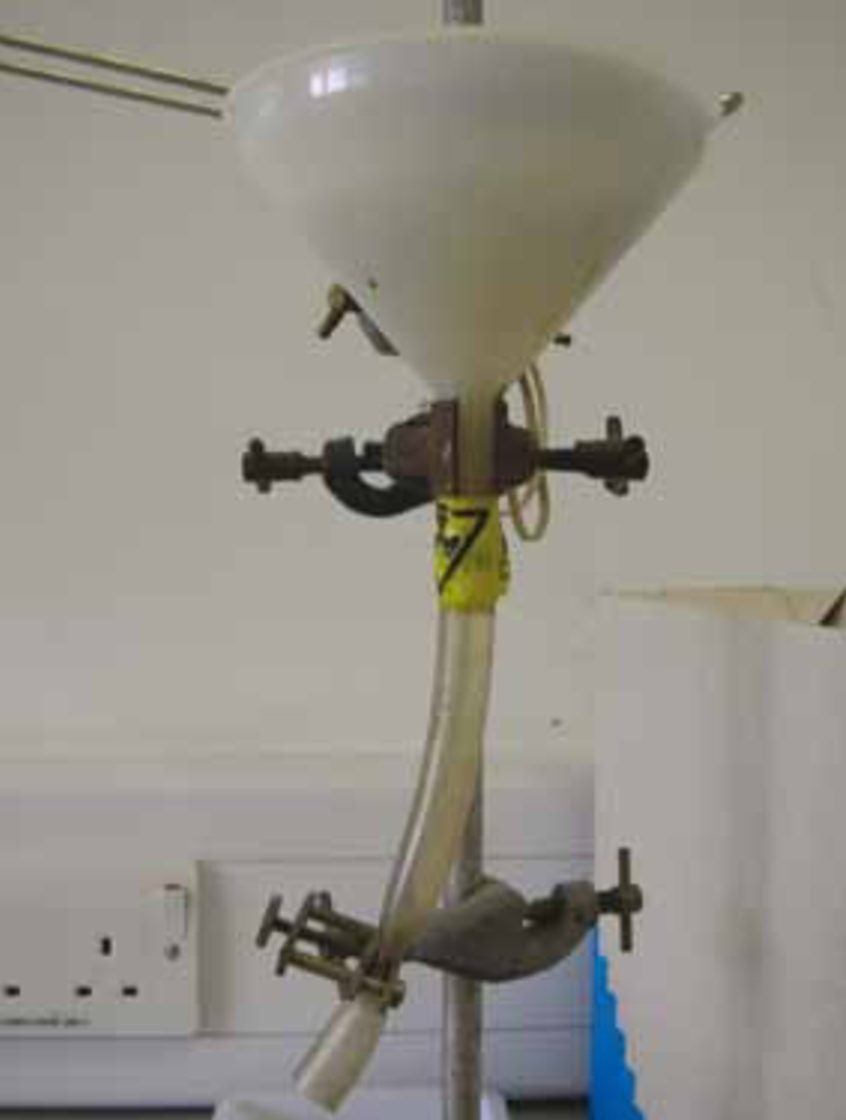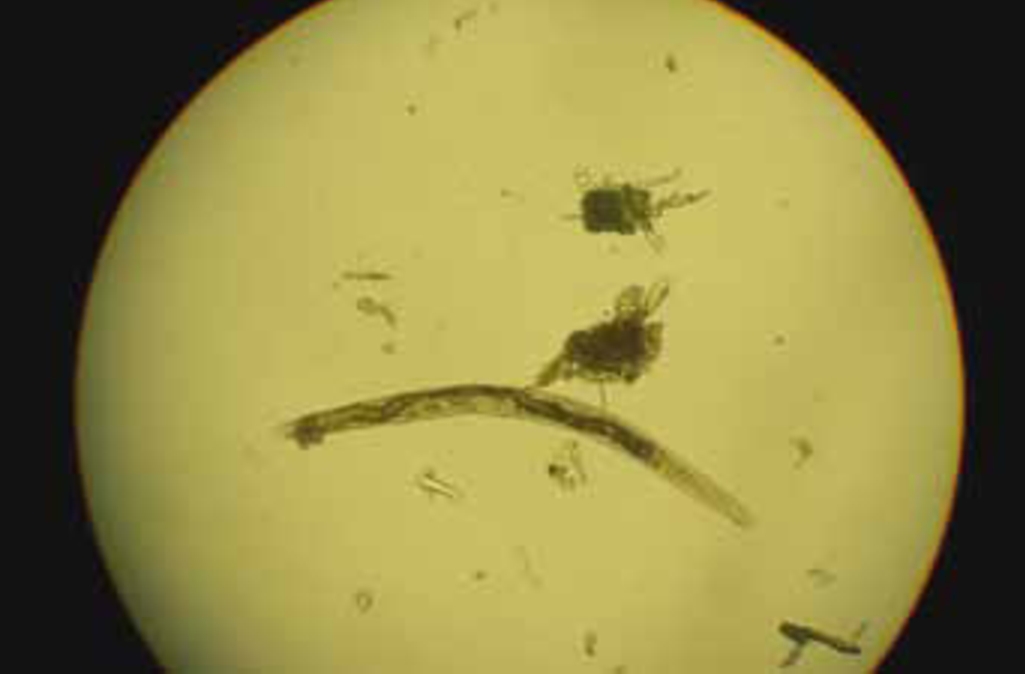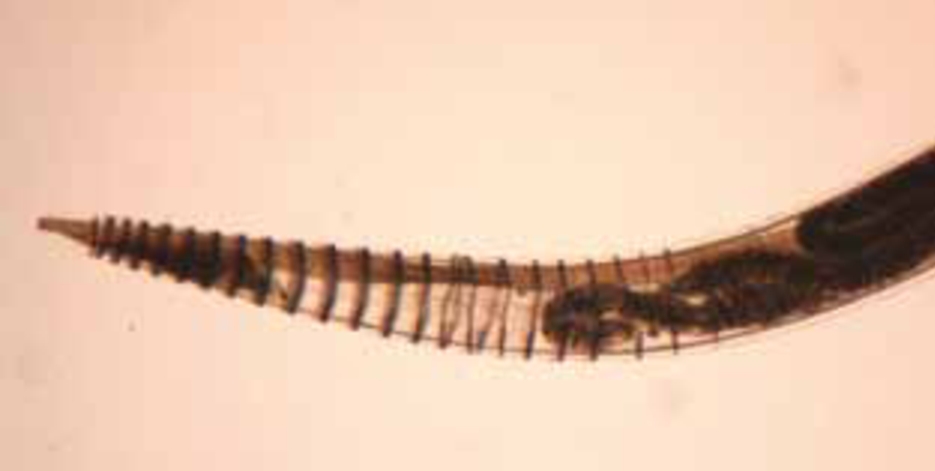Angiostrongylus vasorum (Figure 1), commonly known as lungworm or ‘French’ heartworm is a parasite of canids. This article provides an update on recent and possible future changes to the geography, diagnosis, treatment and prevention of the parasite.

Geographical spread and public awareness
Foxes act as a natural reservoir of A. vasorum with dogs becoming infected from contaminated, slugs, snails and frogs within their environment. This wildlife reservoir tends to lead towards high concentrations of cases in dogs within specific geographic areas or ‘hot spots’ (Morgan et al, 2005). In recent years there has been spread of the parasite across the country. A. vasorum was first reported in the UK in Cornwall (Simpson and Neal, 1982) with cases then reported in South Wales (Patteson et al, 1987). The disease then appeared to spread with cases increasingly reported in the South East of England (Chapman et al, 2004) and then in the Midlands (Morgan et al, 2008). Cases have now been reported in Scotland (Helm et al, 2009) and in the North of England (Yamakawa et al, 2009). It was initially thought this may be due to increased reporting rather than genuine spread but this pattern in the UK has been mirrored in many other countries (Morgan and Shaw, 2010) and would appear to represent a true emergence of the disease. This emergence has relevance for veterinarians and veterinary nurses (VNs) in practice who must be aware of A. vasorum as a differential for cardio pulmonary disease or in coagulopathies of unknown origin. Due to recent campaigns to raise public awareness of A. vasorum by Bayer over the summers of 2011 and 2012 VNs in practice are increasingly required to field questions about A. vasorum from the general public. The campaign raised the following main points:
While this campaign has helped to raise awareness of A. vasorum and with evidence to support a true emergence of the parasite it is fair to assume there will be an increase in the number of cases (Morgan and Shaw, 2010). Consequently there may be an increase in the number of concerned clients presenting to veterinary surgeries for advice regarding diagnosis, treatment and prevention of the parasite. The author has personally received a four-fold increase in enquiries about the parasite in the past 12 months.
Diagnosis
Faecal testing
Diagnostic tests using lungworm egg and larval recovery have been discussed by McGarry and Morgan (2011). The Baermann apparatus (Figure 2) remains the mainstay of diagnosis in the practice setting, however it is not without limitations as it is thought that larvae are not shed in the faeces for the pre-patent period of 33-76 days which may result in a false negative result. A positive Baermann faecal test for larvae in the faeces combined with clinical signs is pathognomonic for A. vasorum but it is thought that shedding of larvae is intermittent so testing should be performed on faecal samples collected from 3 consecutive days. FLOTAC is an improved faecal counting method for visualizing parasite eggs, oocysts and larvae in faecal samples that has been developed in the University of Naples, but is now available in the UK (Schnyder et al, 2011). It is based on centrifugation of the counting cells to improve flotation and visualization of the parasite stages. It is accurate to 1 egg per gram (epg) if both cells are used, or 2 epg if one side is counted. Schnyder et al (2011) investigated its potential as a diagnostic test for A. vasorum and found it more sensitive than the Baermann method, making it a commercially viable alternative to the Baermann test. Faecal sample testing by the Baermann route has the advantage that it can be performed in practice and is widely available from external laboratories. FLOTAC is only available from Langford Veterinary services in the UK but has the advantage that is does not rely on larval migration and therefore samples can be posted without fear of larvae becoming unviable in transit. Whichever test is used, VNs should advise clients that faecal samples should be fresh to prevent contamination from free living nematodes such as ascarids (Figure 3) that will invade the faeces if left on the ground for more than a few hours.


Blood testing
Although A. vasorum infection can yield an eosinophilia and decreased fructosamine levels this is not consistent and research continues into producing a commercial serological test. Jefferies et al (2011) investigated the use of real time polymerase chain reaction (PCR) and indirect enzyme-linked immunosorbent assay (ELISA) to improve on current detection of A. vasorum. The PCR they developed was fast and efficient when using ethylenediaminetetraacetic acid (EDTA) blood samples and was tested in the field in combination with an ELISA on sera and EDTA blood. 148 dogs were tested with suspected A. vasorum infection by ELISA, PCR and the Baermann method. 31 dogs were found positive by at least one test, 65% of these were detected by the Baermann method but 90% were detected by blood PCR and ELISA together. Although not yet commercially available this combination of blood testing holds great promise for the future. IDEXX laboratories are also conducting a study to compare paired faecal and serum samples collected from dogs suspected of having A. vasorum.
Treatment
Two products remain licensed for treatment of A.vasorum infection:

Control of A. vasorum in dogs
Until recently prevention of A. vasorum infection has been challenging as both the wildlife reservoir and intermediate hosts are ubiquitous and direct contact between the intermediate hosts and dogs is not practical to prevent completely. Prevention has now been revolutionized by the licensing of Advocate® as a prophylactic agent against A. vasorum in dogs when used monthly. This change in license is more than just a technicality as there are no peer-reviewed studies demonstrating that any of the other treatment options for A. vasorum work as prophylactic agents. This change means that concerned pet owners can incorporate A. vasorum prophylaxis into their routine flea and worming regimens without increased frequency of application. The use of Advocate® in dogs before routine surgery should also be considered in known endemic foci for A. vasorum infection. This is to avoid complications associated with coagulopathies during surgery that may be caused by A. vasorum infection. VNs should be aware of whether they are in an area where A. vaso is endemic.
Conclusion
Given the increasing distribution and prevalence of A. vasorum across the country it is vital that VNs and veterinary surgeons remain vigilant to possible infestations in dogs and advise clients appropriately with up to date information as to the diagnostic tests, treatment options and control measures available. In the living patient coprological examinations remain the only definitive diagnostic tests available both commercially and in practice. Research continues into serological testing with ELISA and PCR and holds promise for commercial testing in the future. VNs should be able to advise clients as to the use and availability of products licensed for treatment for A. vasorum, and that a prophylactic agent is now available to prevent A. vasorum infection
